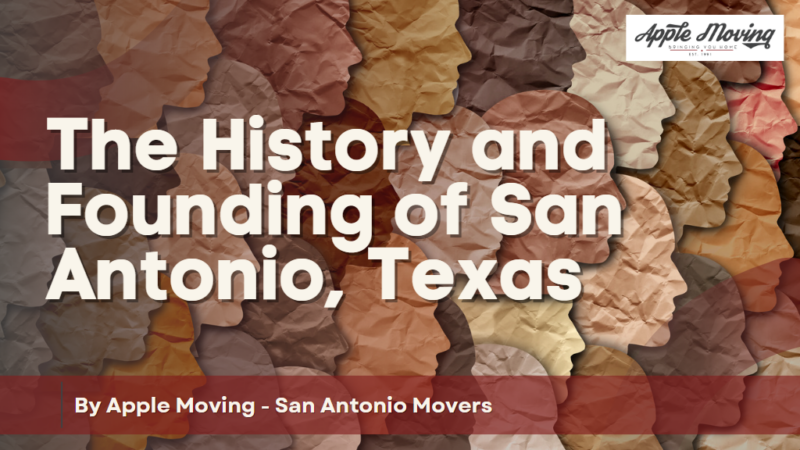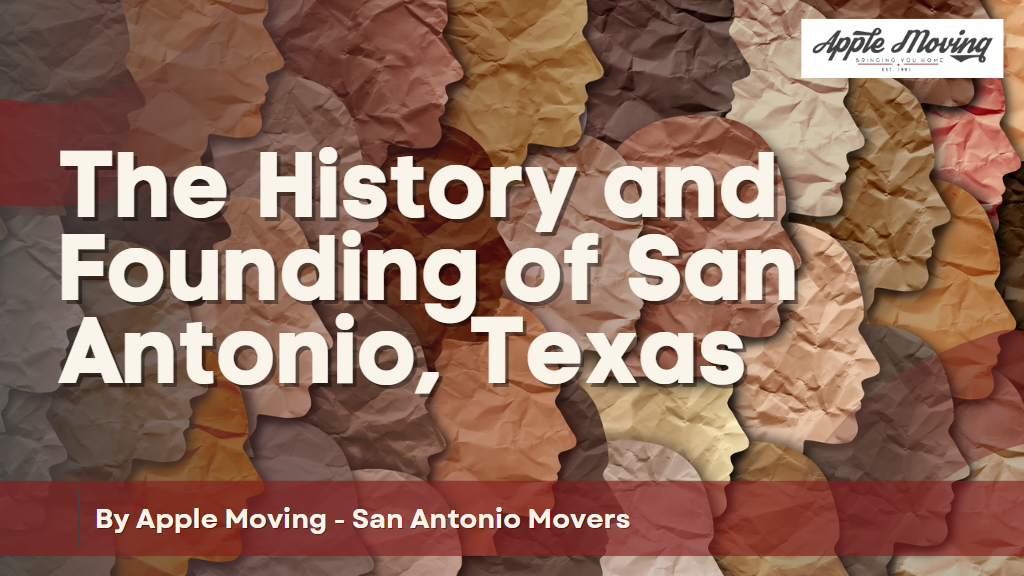The History and Founding of San Antonio, Texas
It’s difficult not to be enthralled by the vibrant culture and rich history of San Antonio, Texas, as you stroll through its lovely streets and amazing places to stay. This city has a fascinating history, from the numerous Spanish missions dotting the countryside to the lively River Walk. As you study more about San Antonio’s past, you’ll come to understand how it all got started and the individuals that helped the city become what it is today.
San Antonio, Texas’s rich history and cultural heritage have been maintained over time. Learn about the history of this dynamic city and how it developed into the thriving metropolis it is today. San Antonio’s architecture, cuisine, and traditions all blend Spanish, Mexican, and American cultures.
Pre-Colonial History
Pre-colonial times are a part of San Antonio, Texas’s rich and varied past. Many indigenous tribes lived in the area, including the Payaya, Coahuiltecan, and Tonkawa. The area was coveted for settlement because of its rich soil, numerous water sources, and advantageous location. The Payaya tribe formed the first settlement in the region by constructing their dwellings close to the San Antonio River. In the 1700s, Spanish explorers arrived and founded missions in the area, the first of which was San Antonio de Padua. San Antonio, for whom the city was called, was a Portuguese Catholic priest famed for his dedication to the needy and ill. His name was Saint Anthony of Padua.
Spanish Exploration and Settlement
San Antonio, Texas, has a rich history that dates back to pre-colonial times. The area was inhabited by various indigenous tribes, including the Coahuiltecan people, nomadic hunters, and gatherers. Spanish explorers first explored the region in the 16th century, but it was not until 1718 that Franciscan friars and Spanish settlers founded the city of San Antonio. The city increased, becoming an important center of commerce, culture, and political power. Today, San Antonio is a vibrant and dynamic city that celebrates its diverse cultural heritage and embraces its role as a global hub of innovation and creativity.
Mexican Rule and Texan Revolution
As you step back to explore the history and founding of San Antonio, Texas, you’ll discover a rich heritage steeped in pre-colonial history, Mexican rule, and the Texan Revolution. The area that is now San Antonio was home to various indigenous tribes, including the Payaya, Aranama, and Jumano, who Spanish explorers later joined in the 17th century. In 1821, Mexico gained independence from Spain, and San Antonio became a part of the new nation. However, tensions between Mexican rulers and American settlers eventually led to the Texan Revolution in 1835. The famous Battle of the Alamo occurred in San Antonio in 1836, and the city played a significant role in creating the Republic of Texas.
- The Causes of the Texan Revolution
The causes of the Texan Revolution were deeply rooted in cultural, economic, and political differences between the Tejano population and the Mexican government. The Texan revolutionaries wanted to establish an independent state and escape Mexican rule. San Antonio was the site of several important battles, including the Battle of the Alamo, where famous figures like Davy Crockett and Jim Bowie fought for Texan independence.
- The Battle of the Alamo
The Battle of the Alamo, which occurred in 1836, is one of the most pivotal events in San Antonio’s history. The battle saw a small Texan force hold off Mexican troops for 13 days before ultimately succumbing. The bravery and determination of the defenders made them heroes to many Texans and helped to galvanize the fight for Texas independence.
- The Aftermath of Mexican Rule
Tensions between Mexican authorities and Texan settlers eventually led to a revolution, culminating in the Battle of the Alamo in 1836. Despite the Texan victory, the aftermath of Mexican rule left a lasting impact on San Antonio, with the city’s Mexican heritage still visible in its architecture, cuisine, and traditions. Today, San Antonio is a thriving metropolis with a unique blend of Texan and Mexican influences, making it a must-visit destination for history buffs, foodies, and culture enthusiasts alike.
The Establishment of San Antonio
The city played a significant role in the history of the American Southwest, serving as a hub for trade and commerce between Mexico and the United States. Today, San Antonio is renowned for its vibrant blend of cultures, including Spanish, Mexican, and Native American influences. From the iconic Alamo to the bustling River Walk, San Antonio is a city that continues to captivate visitors and locals alike with its unique blend of history, culture, and charm.
Development and Modernization
San Antonio is a city that has a rich history and has undergone various changes and transformations over the years to become the vibrant and thriving city that it is today. Here are some lists of the development and modernization of San Antonio that you can explore:
- Urban Renewal Projects
In the 1960s, San Antonio underwent a series of urban renewal projects to revitalize downtown and improve the city’s infrastructure. These projects included the construction of the Tower of the Americas, HemisFair Park, and the River Walk.
- The River Walk
Perhaps one of San Antonio’s most iconic features, the River Walk is a winding network of walkways and bridges that line the San Antonio River. Initially built in the 1940s to control flooding, the River Walk has since been expanded and enhanced to become a major tourist attraction with restaurants, shops, and hotels.
- The Pearl District
Once a sprawling brewery complex, The Pearl District has been transformed into a bustling urban center featuring restaurants, shops, hotels, and residential spaces. The development has been carefully planned to maintain the historic charm while incorporating modern amenities.
- Downtown San Antonio
The downtown area of San Antonio has undergone a major revitalization in recent years. New hotels, restaurants, and shops have opened up, and there are now more opportunities for entertainment and nightlife. The River Walk, a popular attraction in San Antonio, has also been improved and expanded.



